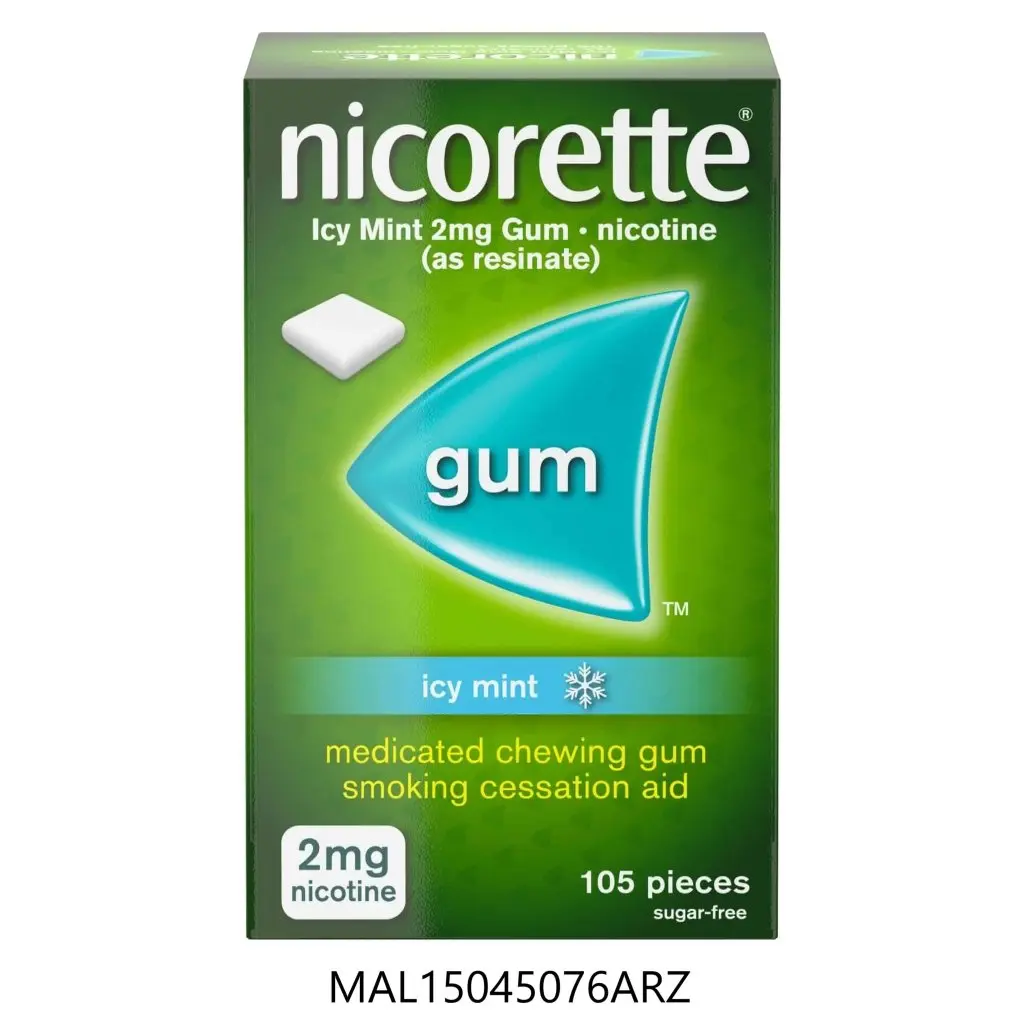In spite of the long-known facts regarding smoking’s potential to cause lung cancer and many other health problems, smoking remains to be one of the most difficult habits to give up on. Nicotine, one of the 4,000 chemicals found in smoke from tobacco products are known to induce addiction.
Most smokers know that tobacco is harmful and express a desire to decrease or stop using it but many succumb within just a few days, and less than seven per cent of those who try to quit on their own achieve about a year of abstinence. Quitting can be very tough for both occasional smoker or chronic frequent smoker. So, if you are really committed to quitting smoking, equip yourself with the right plan and support to help you make the best of your life changing resolution.
The following is a 5 steps plan to stop smoking, shorten as the acronym START :
Step 1: Set a quit date
The first step to quitting smoking is to make the decision to quit! Even if you have failed before, do not let your past hinder your aim. The more times you try to quit, the greater your chance of success. Besides affirming your willpower, construct the plan to help you stick to the decision. How to plan, you may ask? Start by setting a quit date, preferably within the next two weeks. This will provide you with enough time to prepare without losing the motivation to quit.
If you mainly smoke at work, quit on the weekend, so you have a few days to adjust to the change. On the contrary, if you feel the urge to smoke during the weekend, or your workplace does not allow smoking, then any weekday would make a perfect quit day. Avoid a day when you know you’ll be busy, tense, or have a special event that could be a trigger. Write down your quit date somewhere, and look at it every day. The anticipation can help you build your determination.
Step 2: Tell the world that you are quitting
Having the public know that you will stop smoking can help to reinforce your determination. So, let your friends and family know about your plan and tell them you need their support and encouragement. Your friends can help distract you from the triggers. Let them know how they can help. Having a quit buddy who wants to stop smoking as well can be a good motivator too. Struggling together help you cope better. Besides that, spend time with people who have succeeded in giving up smoking and ask for advice. Those small talks will be a good motivator for you.
Step 3: Anticipate the challenge
As the nicotine from cigarettes provides a temporary and addictive high, eliminating it can cause physical withdrawal, symptoms and cravings. So, be prepared to face common challenges.
Most people who begin smoking again do so within the first three months. Hence, it is important to invest in yourself in useful distractions, especially in the first two weeks. If you can get through the first two weeks, your chance of success is much higher. Sign yourself up for fun, low-stress physical activities. It will not only be beneficial for your health but can also take away your negative emotions. Sweating can also boost your sense of wellbeing and self-control, consequently reducing your impulsiveness to grab a cigarette.
Step 4: Remove smoking triggers
Remove cigarettes and other tobacco products from your home, car, and work. Don’t forget to eliminate your lighters, ashtrays, and matches as well. Having a cigarette trail is not going to help you either. So, wash your clothes and freshen up anything that smells like smoke. Shampoo your car, clean your drapes and carpet, and steam your furniture.
Identify and avoid the things that make you want to smoke, whether it’s a person, places and things. Do not stay with smokers and be in smoking places for too long. They can trigger the need to smoke. Instead, spend time with non-smokers or people who have succeeded in quitting smoking.
Step 5: Talk to your doctor or pharmacist
Your doctor can prescribe medication to help with withdrawal symptoms. Nicotine replacement therapy. But it deals only with the physical addiction to nicotine, not the behavioural or psychological addiction to smoking. So some sort of smoking cessation program and strategy is still important.
If you can’t see a doctor, you can get many products over the counter at your local pharmacy, including nicotine patches, lozenges, and gum. Consult your pharmacist for the right product option.
Keep in mind that quitting smoking is a constant battle with yourself. Therefore, celebrate every day that goes by without you taking a cigarette. Award yourself for all the little milestones you have reached. Now that you are no longer spending on smoking, pamper yourself with other indulgences that interest you. Remember, you are stronger than your smoking urge.










